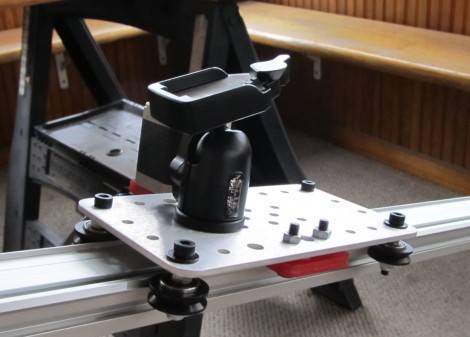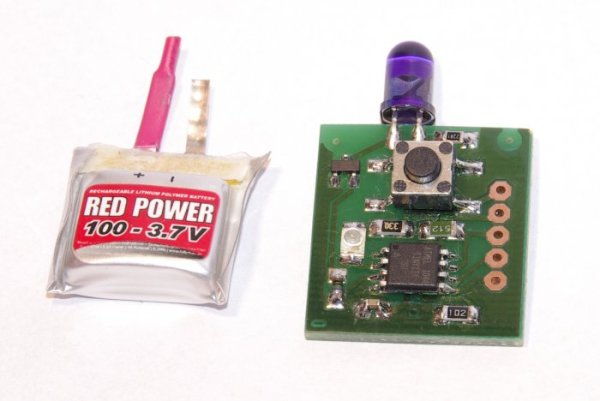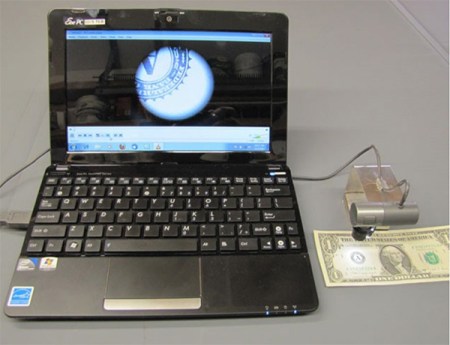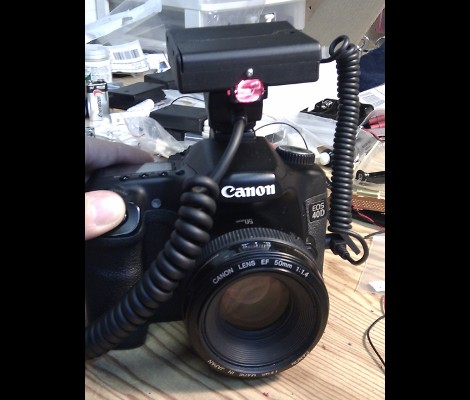
Here’s a camera mount that moves smoothly along a motorized sled. [Bart Dring] created the system and was surprised by it’s popularity, having received several sales requests from photographers. He originally designed the linear bearing system, called the MakerSlide as an inexpensive alternative to other CNC machine solutions. Allowing a computer to map out timed movements for video shots wasn’t on his radar then, but as you can see in the clip after the break, the MakerSlide does an amazing job at it.
The modular track system makes it easy to attach to a base. In this case, a couple of pieces of acrylic let him support both ends of the track on standard camera tripods. [Bart] mentions the knowledge gap between people who work with CNC milling hardware and photographers as an issue in deciding how to control the system. Since photographers aren’t likely to be proficient in EMC2, he designed a control application with an Arduino. It uses a stepper motor controller shield, and does some fancy math to make sure there is smooth acceleration, etc.
Continue reading “Motorized Camera Mount Unexpectedly Popular For CNC-aimed Hardware”
















